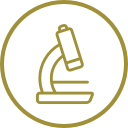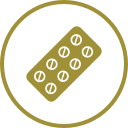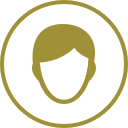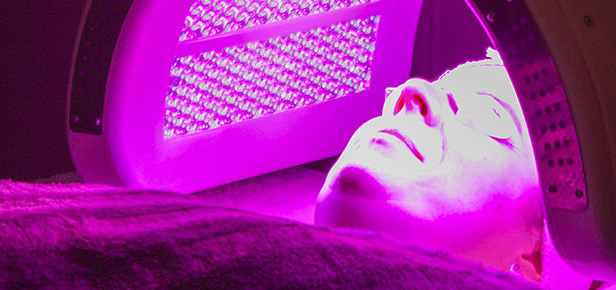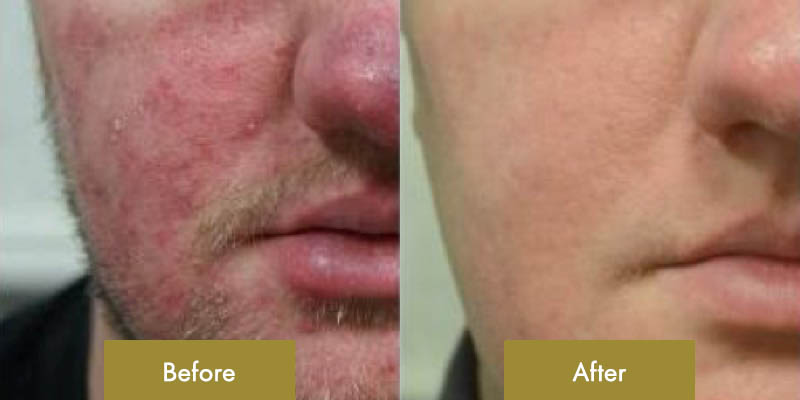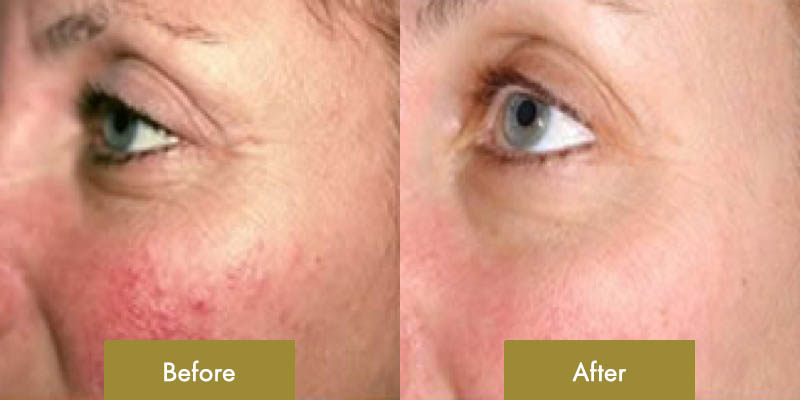How does it appear?
Acne Rosacea may differ significantly among different persons, and in most cases, one of the possible signs or symptoms is evident.
Rosacea includes always at least one of the following primary signs, while various secondary signs and symptoms are also likely to occur.
Primary signs of Acne Rosacea
• Flushing – facial blushing that comes and goes unexpectedly
• Persistent redness
• Pustules and pimples
• Visible blood vessels
Other possible signs and symptoms
• Ocular (eye) irritation.
• Burning or tingling sensation.
• Dry appearance.
• Plaques, increased number of red patches, known as plaques, may develop with no other changes in the surrounding skin.
• Thickening of the skin, usually of the nose (rhinophyma).
• Oedema (Swelling).
• Rash extending beyond the face. Acne Rosacea may also develop on other parts of the body, apart from the face, more often on the neck, chest, head or ears.
How do dermatologists treat Acne Rosacea?
Although there is no permanent treatment for acne rosacea and its cause is unknown, there are medical therapies that allow the dermatologist to control or reverse its signs and symptoms.
People suspecting that they may have acne rosacea should visit a dermatologist, who can make the diagnosis and provide the right treatment for the condition.
To treat acne rosacea, the dermatologist initially identifies all the signs and symptoms of the patient’s condition. This is crucial, because different signs and symptoms should be treated differently.
Skin treatment includes:
• Medicines used for acne rosacea.
• Sun screens – Daily use can help in preventing the exacerbations of rosacea.
• Emollient lotion that will help skin repair and restoration.
• Laser and other light sources.
• Antibiotics (applied on the skin and pills).
• In any case, it is of utmost importance to avoid certain dietary habits that lead to exacerbation of acne, such as red wine, yellow cheese, etc.
The dermatologist can remove skin thickening from the nose and other parts of the face with:
• Laser.
• Dermabrasion (a procedure that removes the skin).
• Electrocautery (a procedure that transmits electric current to the skin so as to treat it).
When acne rosacea has also affected the eyes, a dermatologist can guide you to wash your eye lashes several times daily, and a medical prescription with certain medicines that are applied on the eyes. In addition, the dermatologist may also ask you to visit an eye specialist to verify if ocular rosacea is present.



